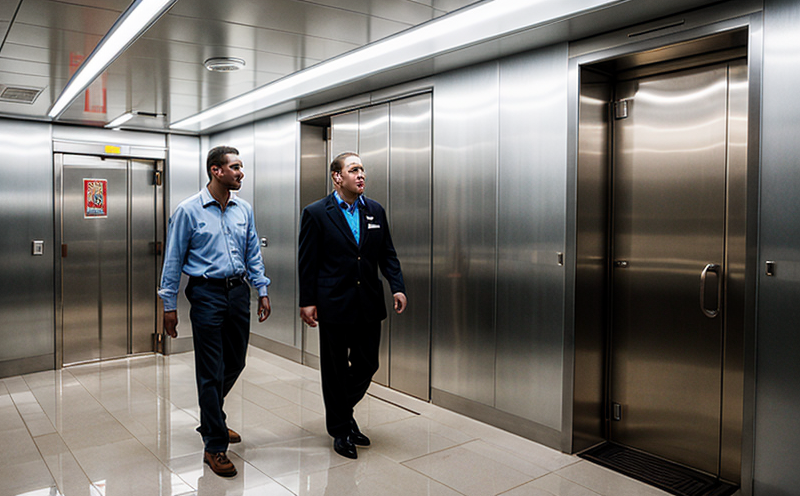Elevator lighting inspection
When it comes to elevator and escalator safety, lighting plays a critical role. Elevators are enclosed spaces where occupants spend a considerable amount of time, and the quality of light significantly impacts both comfort and safety. This section focuses on the specific requirements for inspecting elevator lighting, ensuring that it meets the necessary standards and enhances user experience.
The International Organization for Standardization (ISO) and other recognized bodies provide guidelines for lighting in elevators to ensure safety and compliance with local regulations. ISO 15073-2 is one such standard that specifies requirements for elevator lighting, including illuminance levels, uniformity, and color rendering index.
During an inspection, several key parameters are evaluated:
- Illuminance Levels: Ensuring the minimum illuminance required by standards is achieved at various points within the elevator car.
- Uniformity of Lighting: Checking that light levels are consistent across the entire cabin to prevent dark spots or glare.
- Color Rendering Index (CRI): Evaluating how accurately colors appear under the lighting conditions, which is crucial for visibility and comfort.
The process begins with a thorough inspection of all light fixtures within the elevator. This includes incandescent bulbs, LED lights, and any other type of lighting installed in the cabin or shaft. Once identified, each fixture undergoes testing to measure its performance against specified criteria set by relevant standards.
For instance, if an LED lamp is installed, we would check not only its brightness but also how well it maintains its performance over time (lumen maintenance). Additionally, the lifespan of the light source must be considered, ensuring that it meets or exceeds the expected duration as defined by the manufacturer and regulatory bodies.
During inspections, our team uses advanced tools such as photometers and spectroradiometers to gather precise data about the lighting conditions inside the elevator. These instruments help us verify whether the installed lights meet the necessary specifications for illuminance levels, color accuracy, and distribution.
Customer Impact and Satisfaction
The quality of lighting in elevators directly affects user comfort and safety. Properly lit cabins create a welcoming environment that enhances passenger experience and reduces anxiety associated with dark or poorly lit spaces. For businesses operating commercial elevators, well-lit environments contribute positively to品牌形象





